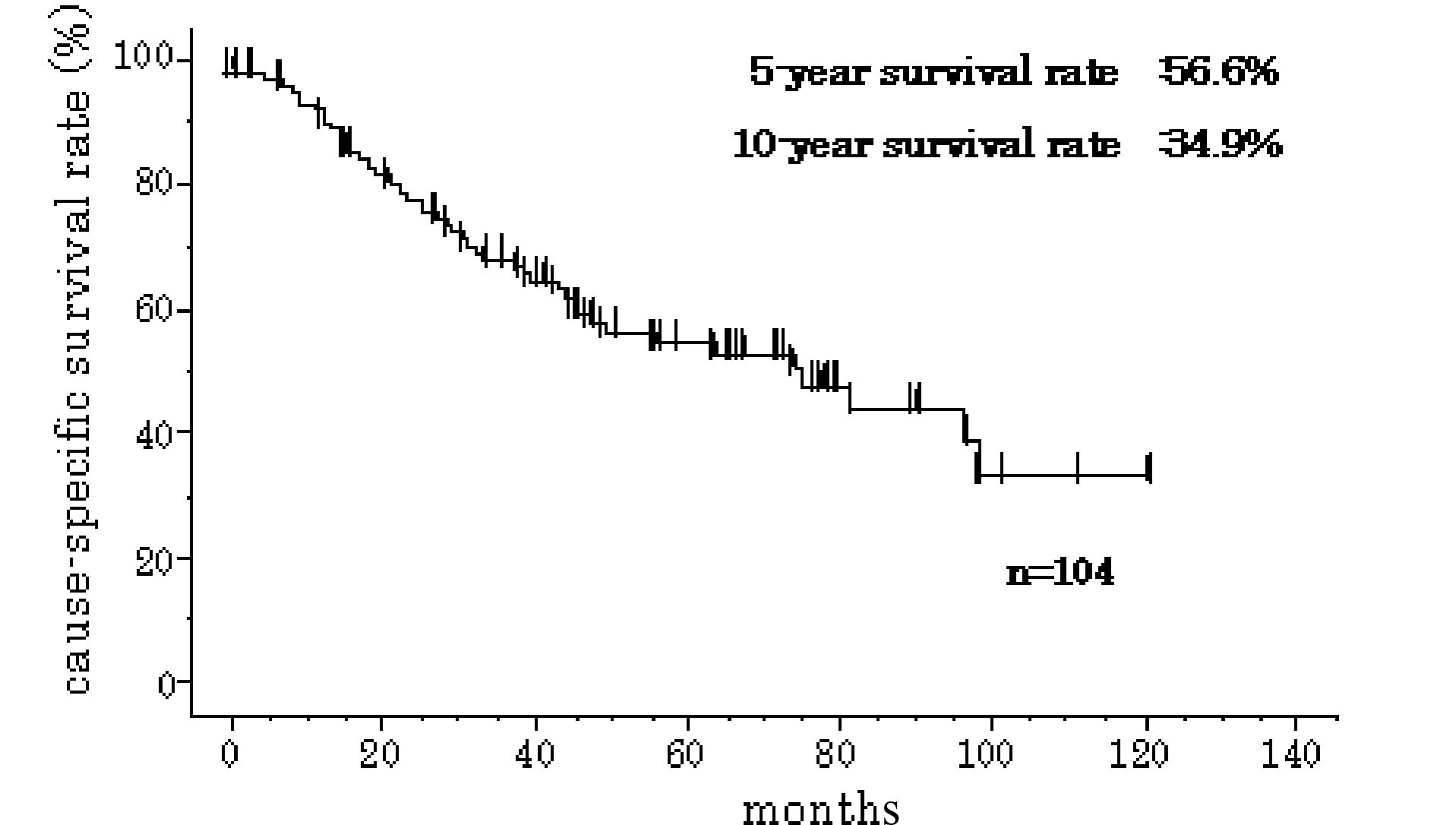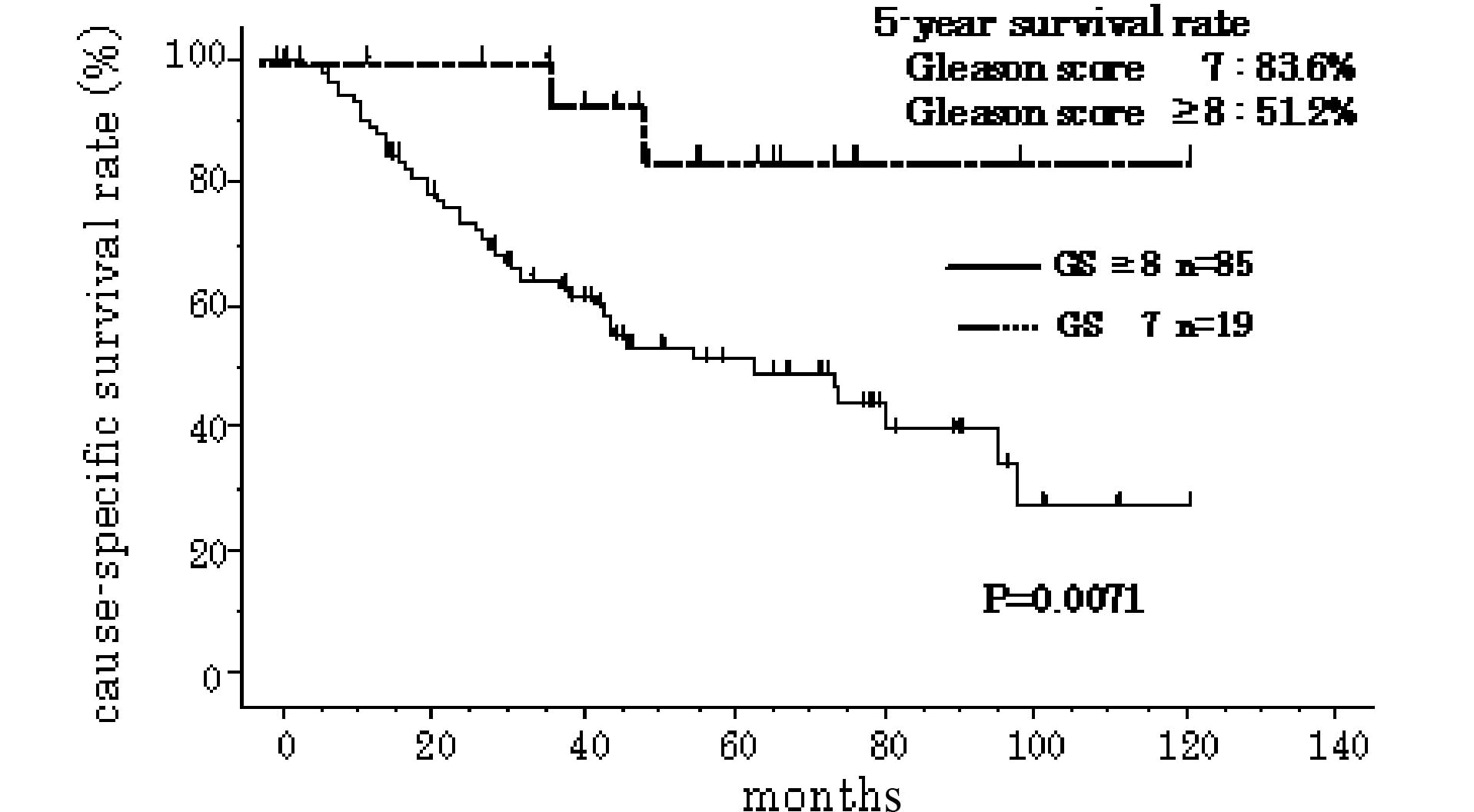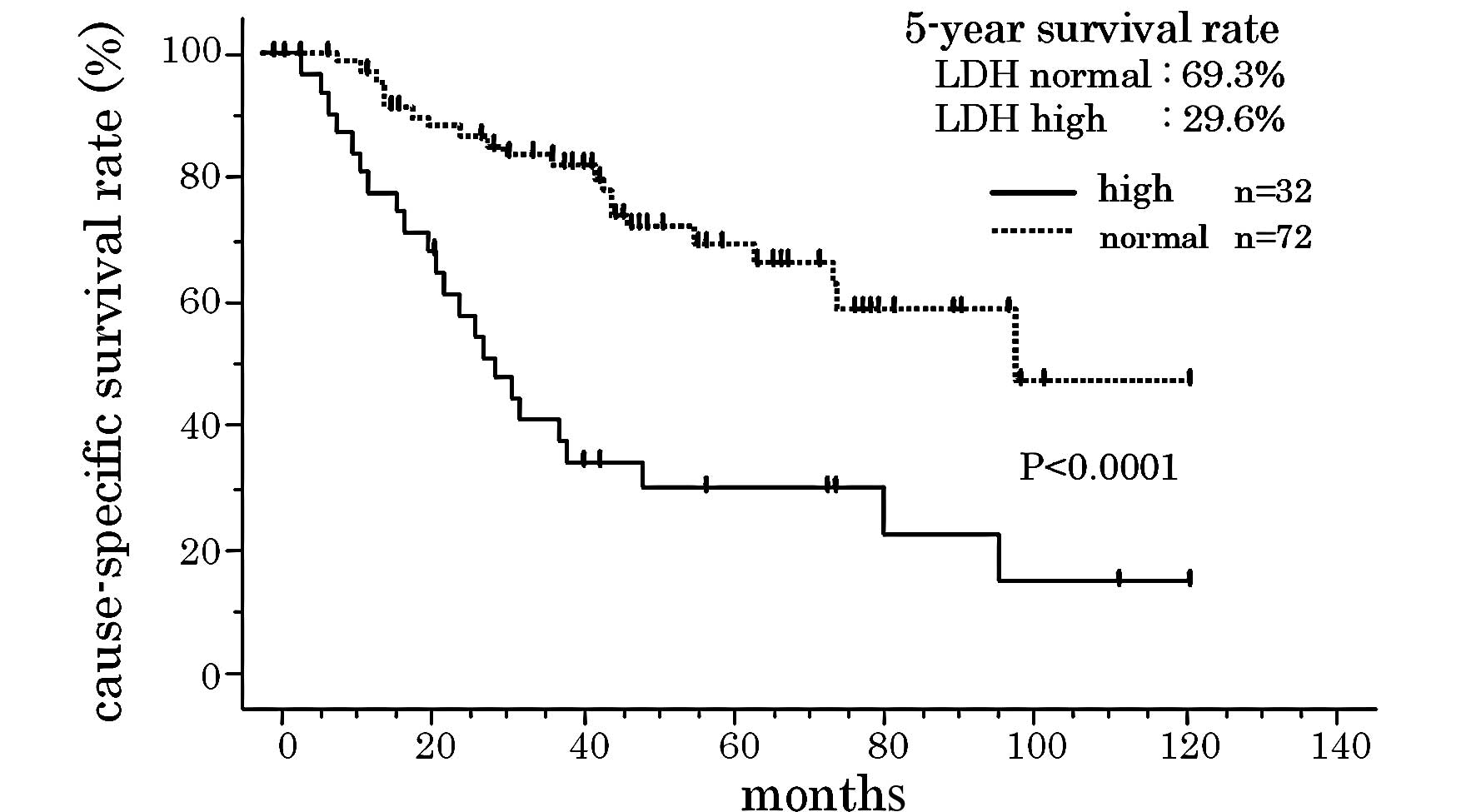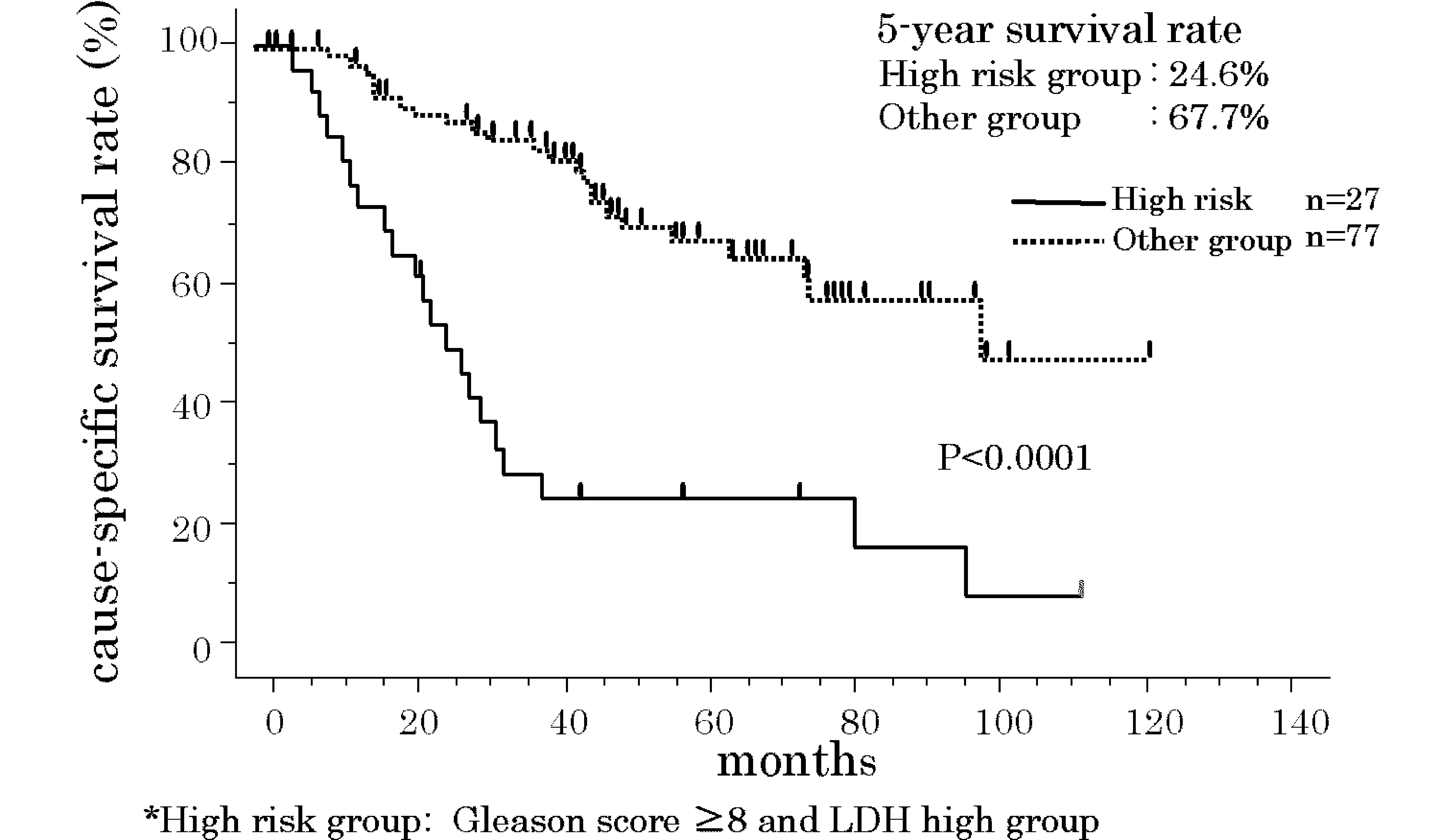Spandidos Publications style
Yamada Y, Naruse K, Nakamura K, Taki T, Tobiume M, Zennami K, Nishikawa G, Itoh Y, Muramatsu Y, Nanaura H, Nanaura H, et al: Investigation of risk factors for prostate cancer patients with bone metastasis based on clinical data
. Exp Ther Med 1: 635-639, 2010.
APA
Yamada, Y., Naruse, K., Nakamura, K., Taki, T., Tobiume, M., Zennami, K. ... Honda, N. (2010). Investigation of risk factors for prostate cancer patients with bone metastasis based on clinical data
. Experimental and Therapeutic Medicine, 1, 635-639. https://doi.org/10.3892/etm_00000099
MLA
Yamada, Y., Naruse, K., Nakamura, K., Taki, T., Tobiume, M., Zennami, K., Nishikawa, G., Itoh, Y., Muramatsu, Y., Nanaura, H., Nishimura, M., Takii, K., Adham, A. O., Honda, N."Investigation of risk factors for prostate cancer patients with bone metastasis based on clinical data
". Experimental and Therapeutic Medicine 1.4 (2010): 635-639.
Chicago
Yamada, Y., Naruse, K., Nakamura, K., Taki, T., Tobiume, M., Zennami, K., Nishikawa, G., Itoh, Y., Muramatsu, Y., Nanaura, H., Nishimura, M., Takii, K., Adham, A. O., Honda, N."Investigation of risk factors for prostate cancer patients with bone metastasis based on clinical data
". Experimental and Therapeutic Medicine 1, no. 4 (2010): 635-639. https://doi.org/10.3892/etm_00000099


















